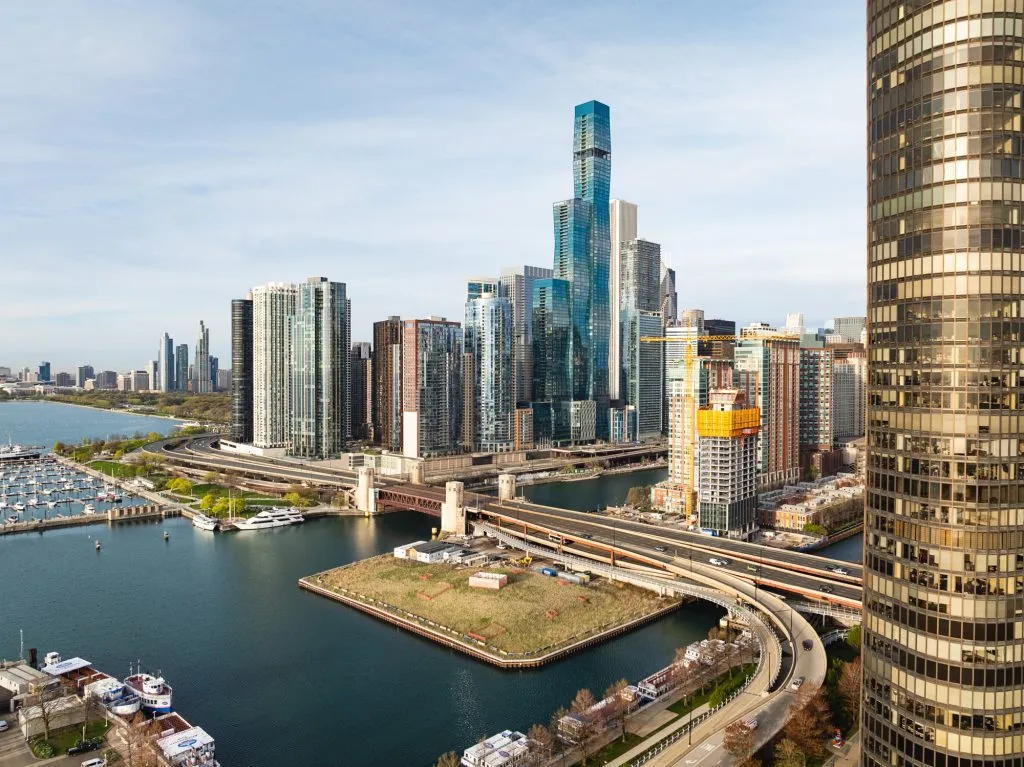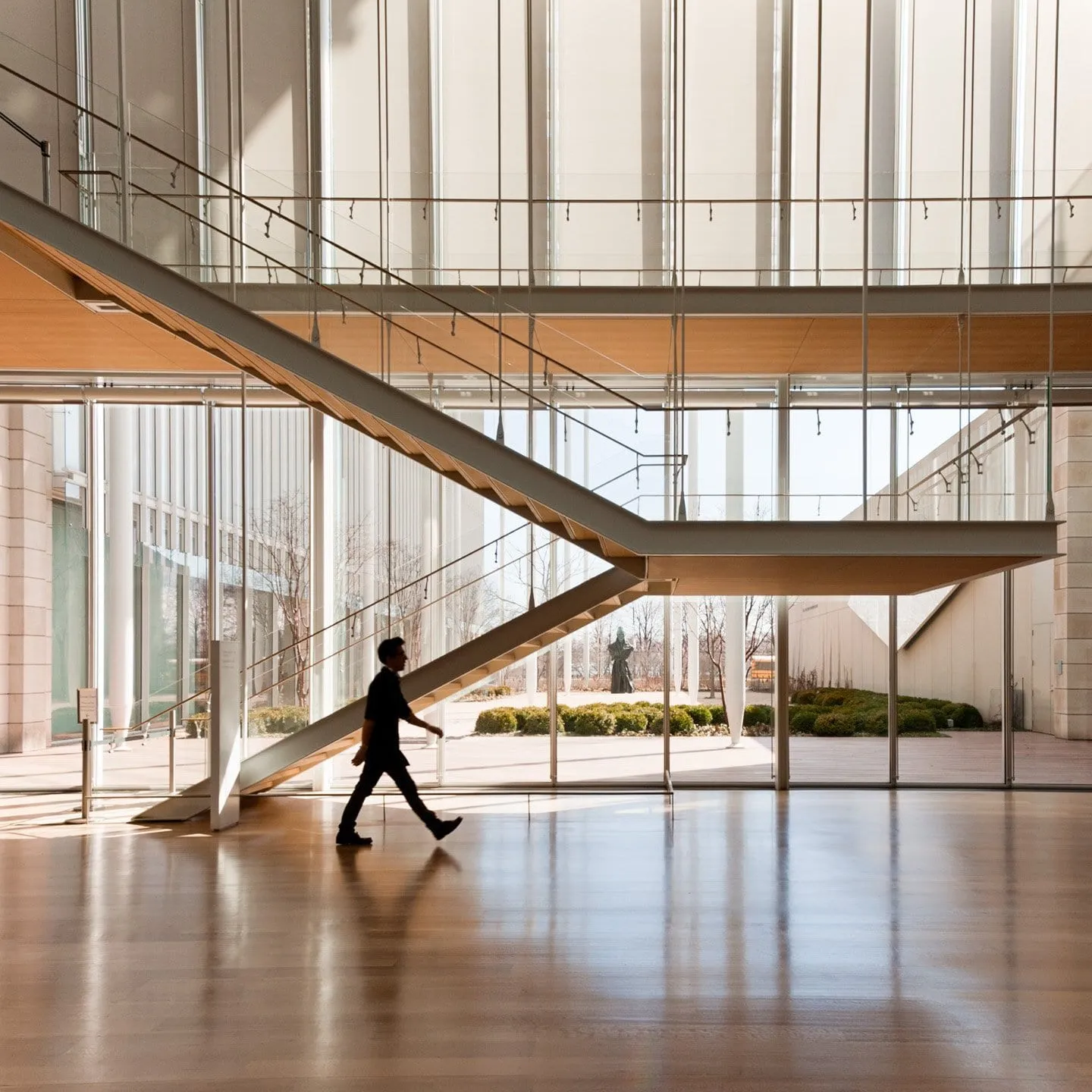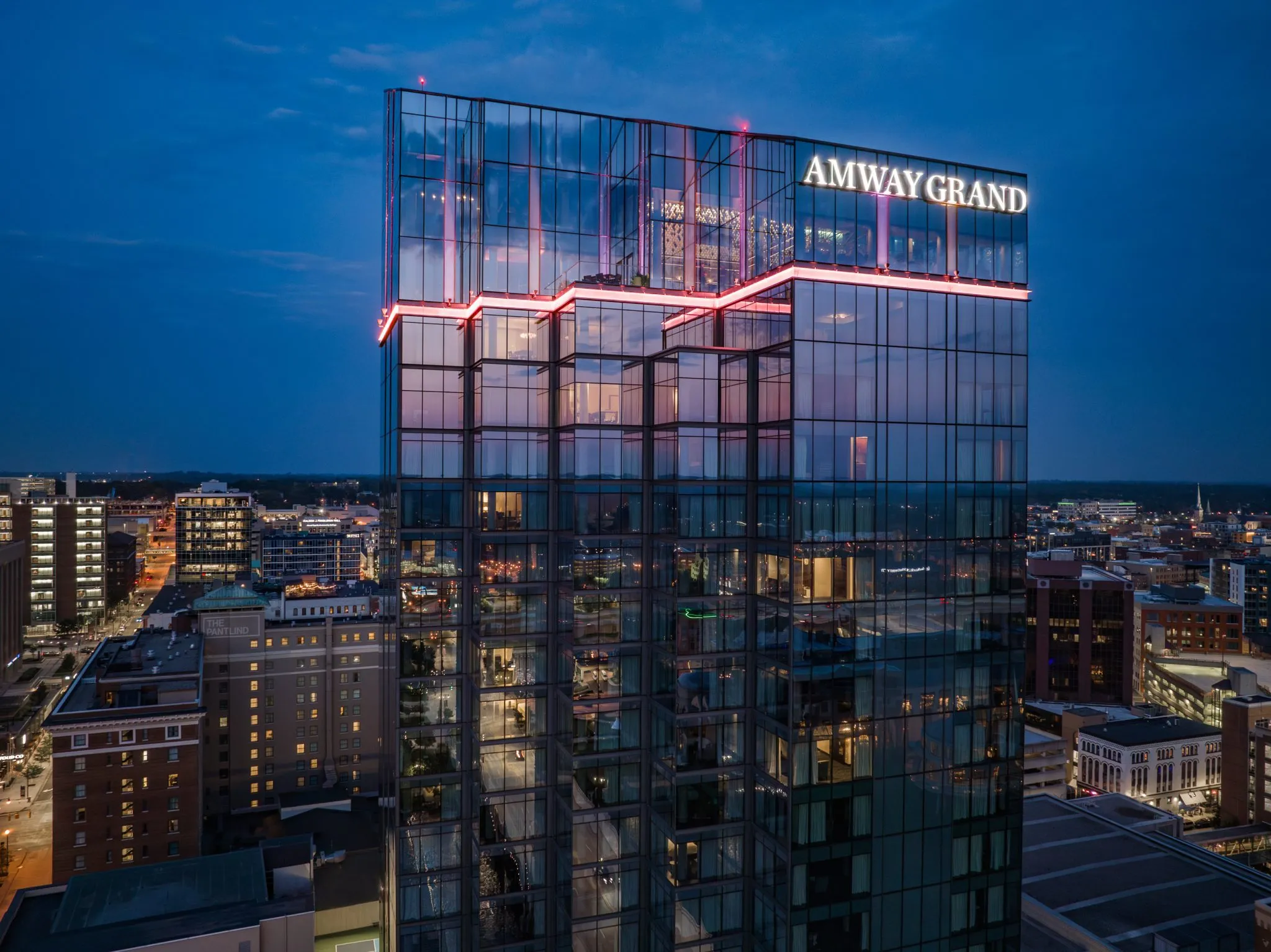## **Introduction: The Allure of the Forgotten**
Across the globe, abandoned structures tell silent stories of economic shifts, technological obsolescence, and changing social values. This article examines how derelict architecture—from ghost towns to industrial ruins—offers unique insights into our collective past while inspiring contemporary design innovation.
## **Taxonomy of Abandonment: A Global Survey**
### **1. Industrial Archaeology**
– **Detroit’s Packard Plant**: 3.5 million sq ft of automotive history
– **Belgium’s cooling towers**: Cathedral-like power station ruins
– **Japan’s Hashima Island**: Concrete battleship of coal mining
*Photographer’s notes:*
– Golden hour light through broken windows creates drama
– Winter reveals structural skeletons obscured by summer foliage
– Long exposures emphasize stillness
### **2. Military Relics**
– **D-Day bunkers** becoming tidal sculptures
– **Cold War missile silos** repurposed as homes
– **Chernobyl Exclusion Zone**: Nature reclaiming Soviet architecture
### **3. Failed Utopias**
– **Sanzhi Pod City**: Taiwan’s abandoned UFO houses
– **Burj al Babas**: Turkey’s empty Disney-esque castle community
– **Russia’s Arctic pyramids**: Mysterious unfinished research station
## **The Science of Decay**
### **Material Lifecycles**
– Concrete spalling patterns as chronological records
– Differential corrosion of metals creating natural art
– Glass deterioration rates as climate change indicators
**Case study:** The “Concrete Cancer” phenomenon in Brutalist ruins
### **Ecological Reclamation**
– Invasive species as demolition crews
– Bird colonies adapting steel frameworks
– Mycelium networks digesting building materials
## **Cultural Interpretations of Ruins**
### **Eastern vs Western Perspectives**
– Japanese *wabi-sabi* acceptance of transience
– European Romantic ruin appreciation
– American “ruin porn” controversies
### **Psychological Effects**
– *Ruin anxiety* in post-industrial communities
– *Nostalgia tourism* economic impacts
– *Hauntology* in abandoned spaces
## **Preservation vs. Natural Decay Debates**
### **Conservation Dilemmas**
– Stabilizing vs. freezing in time
– Authenticity in ruin restoration
– Safety concerns vs. public access
**Data point:** 68% of urban explorers prefer unmodified ruins
## **Creative Reuse of Abandoned Structures**
### **Artistic Interventions**
– Detroit’s Heidelberg Project outdoor installation
– Berlin’s Spreepark art installations
– Naples’ underground city contemporary galleries
### **Architectural Adaptation**
– Liverpool’s Tobacco Warehouse conversion
– Barcelona’s Fabra i Coats factory revival
– Moscow’s GES-2 power station cultural transformation
## **Documenting Decay: Techniques and Ethics**
1. **Respectful exploration** guidelines
2. **Decay progression** time-lapse methods
3. **Atmospheric conditions** for optimal shots
4. **Composite imaging** showing past/present
## **Future of Abandoned Spaces**
### **Climate Change Impacts**
– Coastal ruins as sea level rise markers
– Desertification preserving modern ghost towns
– Increased abandonment from extreme weather
### **Digital Preservation**
– 3D scanning endangered ruins
– VR experiences of lost sites
– Blockchain certification of ruin authenticity
## **Conclusion: The Value of Architectural Impermanence**
Abandoned spaces serve as reminders of civilization’s fragility and resilience. They challenge our notions of permanence while offering unexpected beauty in decomposition. As we design for the future, these ruins provide valuable lessons about material choices, adaptive reuse, and the inevitable cycles of construction and decay.
**Call to action:** Research one abandoned structure in your region before it disappears completely.
For more explorations of architectural memory, visit [TheToolTutorial.com](https://thetooltutorial.com).




